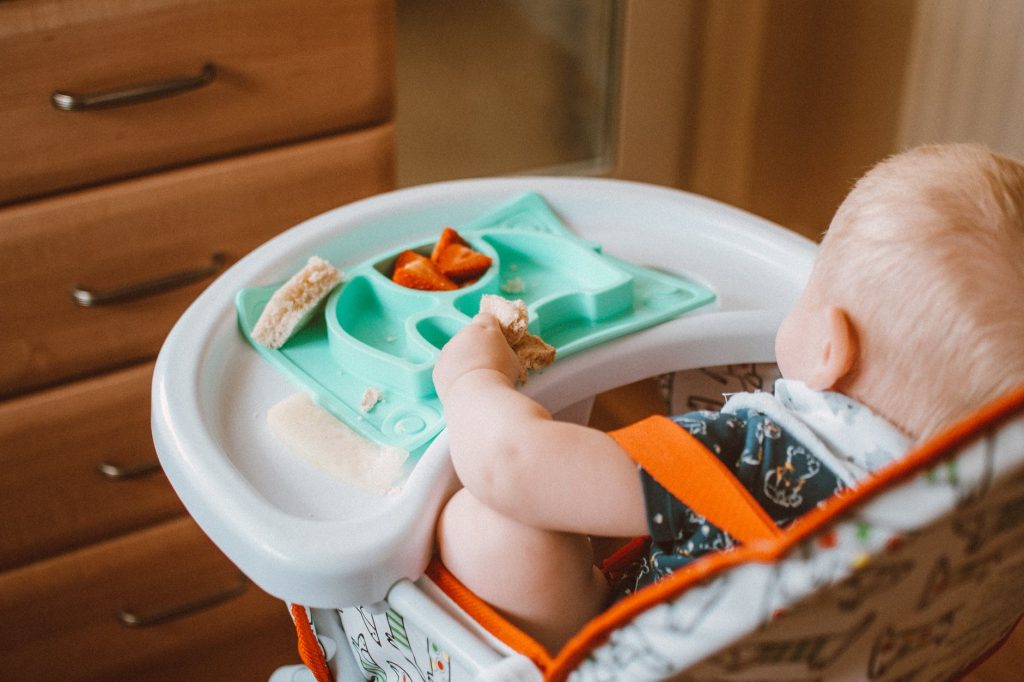Healthy Snacks for Babies and Toddlers
What to know about healthy snacks for babies and toddlers:
- Pick a snack time to boost your child’s nutrition and health
- Take advantages of the first 1000 days to help them cultivate a healthy taste preference
- Teach your babies healthy eating habit
- Be careful of snacks that claim to be ‘kid-friendly’
- Look up easy snack ideas that are healthy too
With your baby’s growth comes variety and what better way to introduce this variety except through snack time. Healthy snacking will increase vitamins and nutrients in his/ her diet, keep his energy levels up always and most importantly, allow him to develop healthy taste buds and preference.
When do I start adding snacks to my baby’s meal?
The standard age is usually 12 months, however, if you feel like starting earlier, 9 months is a good place to start.
Benefits of healthy snacking for your baby
- VARIETY: This is the beginning of varied food exposure for your child. They are not only opened to different options but also will desire and crave variety of healthy foods and snacks.
- NUTRITION: Nutrition, as we all know is not a one size fits all. They are a lot of sources of nutrition and healthy snacking is one of them. Feeding your child, the right kind of snack fills them with enough nutrients for a balanced growth and development.
- CALORIE CONSUMPTION: Do you know that a baby’s stomach can accommodate only 5-7ml of food as compared to an adult that accommodates 4-5 liters? This is the reason they eat multiple times a day (which can be a bit frustrating especially if you are busy). Snacking gives a best of both worlds by giving your child the required amount calories and also give you some break from always feeding real food (especially breast-feeding mothers).
- CULTIVATION OF HABITS: Snack time is a great opportunity to not only interact with your kid but also teach your kid healthy eating habits that would stick for the rest of their lives.
NOTE TO PONDER: Pay attention the quality of snacks you give your child. Just a because a package says its “kid-friendly” or because it seems to enticing or looks healthy doesn’t mean it’s nutritious. Sometimes these snacks are overloaded with salt, sugar or even refined carbs. This can set up an unhealthy appetite or preference for your child.
What do I do to choose the right snack
- CHOOSE WHOLESOME FOODS: with so many catchy trends out on the internet, it’s almost impossible not to fall for the invitation to eat junk or highly processed foods. Snack time should include a large variety of vegetables, fruits, proteins and whole grains. Try providing snacks that can be chewed rather than sipped cause most juices have no nutrients in them (with the exception of an ill child who might not be able to eat as much as he/she used to). Кed flags are sugar and absence of fiber. You can find the best organic healthy snack options for kids at organicsbestshop.com
- SAFE AND CONSUMABLE: from the options above, clearly, they are organic and perishable. Preserve perishable foods, they should be refrigerated or kept in ice. make sure to watch over your child whilst they eat. to prevent choking or difficulty swallowing whilst eating, it’s advisable to chop fruits or snacks in tiny sizable portions (according to your child’s abilities). Make sure that your child is seated in one place whilst they eat, that is, prevent crawling walking running or any movement that can cause a choking hazard.
- HEALTHY HABITS: teach and encourage your child healthy eating or snacking habits. for example, no eating while laying down, no watching TV while eating, make sure that we all eat at the dining table, not eating after a certain time etc. although children tend to eat about five to six times a day, it all depends on the parents to decide when where and how your child eat. this will help your child develop a great and healthy relationship with food.
General safety rules and guidelines
- CAR SAFETY: make sure that the car seat of your baby is at the back till he or she is at least 12 months of age or weighs at least 20 pounds. this provides safety for your child. as to whether or not you change the seating position of your baby depends on the guidelines for the car seat. always remember never to leave your child alone in the car. it’s always better and safer to at least leave your child with a supervised adult, not only to prevent criminal happenings but also to help regulate the inner temperature of the car as it can get hot sometimes.
- WATER SAFETY: sometimes, a toddler’s ability to sit up in dependently can fool parents into thinking that they need no assistance. regardless of whether your toddler can sit up independently, remember to never leave them alone in a bathtub or a pool of water for it is very possible for them to drown even in a few inches of water. If you have a swimming pool or hot tub, it is advice to have a child proof lead with you at all times. Make sure to enforce protection and security by fencing the pool area, keeping your patio doors locked, and never letting your toddler out of sight. you can enroll them for swimming lessons however, remember that they are not safe from water even if they do get swimming lessons.
- DENTAL CARE: the fluoride in toothpastes I responsible for helping us maintain a healthy set of teeth. it is important that you get a fluoride prescription from your doctor for your toddler as this will prevent dental cavities in the future. to begin dental care, it’s advisable to start with using a washcloth or soft toothbrush to wipe your baby’s teeth and gums. do not use adult toothpastes.
- HEALTH CHECK-UP: at 12 months is important that your child undergoes certain medical tests like skin test for TB and anemia. This is important to know what your child is exposed to as well as take preventive measures immediately. please do talk to your pediatrician if you have any concerns.
Related Posts:
- Why is Healthy Eating Important for Students?
- 12 Best Coconut Oil For Natural Hair Growth 2024 -…
- 9 Most Stylish Black Actors & Actresses in Hollywood
- Afro Hair Icons: Celebrity Afro Hair and Hairstyles
- 15 Best Eyelash Extensions 2024 - Review & Buying Guide
- 9 Best Oils for 4c Hair 2024 - Review and Buying Guide







